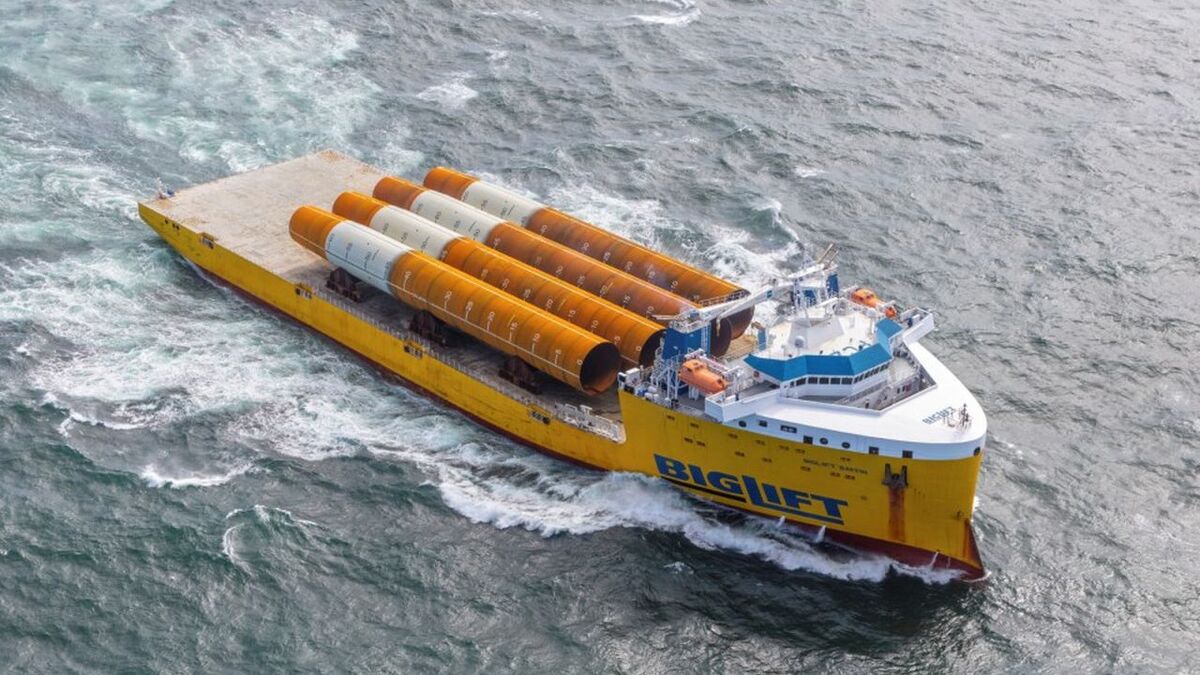Demand for heavy-lift vessels used to transport components such as foundations is growing quickly and rates are expected to increase further, adding to cost pressures in the offshore wind market
Clarksons transport and installation (T&I) market analyst Oliver Thompson said, “With the heavy transport market being almost fully occupied, freight rates are rising and heavy-transport vessels are getting fully booked for 2023 onwards.
“With offshore oil and gas, the liquefied natural gas (LNG) market and shipbuilding all re-emerging at the same time that offshore wind foundation transport needs are growing, we expect rates to increase even more from 2024 onwards.
“With the start of construction of windfarms on the US east coast, we anticipate a significant increase in the use of heavy transport vessels,” Mr Thompson explained.
“Vessels of this type will be needed to transport foundations and wind turbine generator components from Europe across the Atlantic for many of the first offshore windfarms in the US.
“This trend will coincide with the increase in broader continental and international outsourcing of component fabrication for European and other offshore wind construction.”
Clarksons Platou Offshore & Renewables T&I manager Olivier Candeel said, “At the same time that there is a resurgence in the offshore oil and gas market many countries have also expressed greater interest in energy security through renewables, and in particular, offshore wind.
“This combination of factors and level of competition for vessel availability in the heavy-lift sector is something we have never seen before.It will be of the utmost importance to consider procurement and vessel strategies.”
As Clarksons noted in its latest ‘Transport & Installation Market Review,’ transportation of foundations between manufacturing sites and marshalling ports has always been highly dependent on the size and quantity of foundations, combined with the distance travelled.
Geared heavy lifters and barges used to be the main method used to transport foundations, but there has a shift to the use of heavy-transport vessels in order to cope with growing size and weight of XXL foundations.
A shift has also taken place in where foundations are being fabricated, with more and more fabrication work taking place in the Middle East and Asia.
Clarksons believes that this is a trend that will increase, given the fast pace of growth in the offshore wind sector and the fact that in emerging markets, of which there are now many, local supply chains are not yet ready to manufacture foundations.
“In the rapidly expanding offshore wind market on the US east coast, with multiple projects planned in the next decade, the majority of monopile foundations are expected to be transported from Europe, utilising multiple heavy transport vessels,” the broker said.






